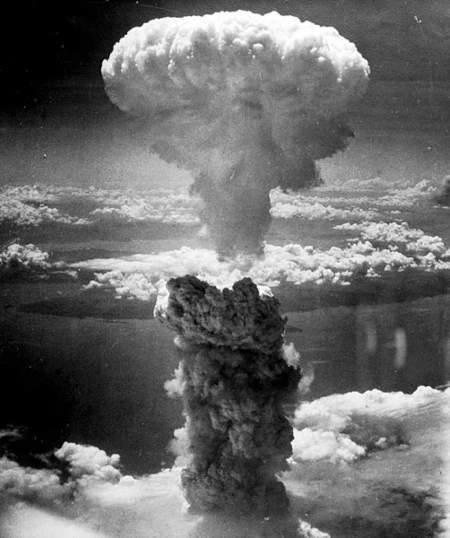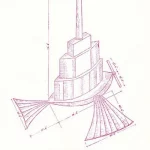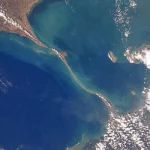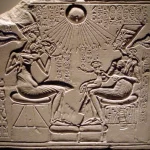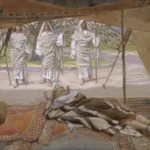Mahabharata (Sanskrit: Mahābhārata, महाभारत) – one of the two main Hindu epic poems (along with the Ramayana), located in the smriti category and belonging to the main works of Indian literature.
The Mahabharata is the greatest epic and longest poem in the world. It consists of 110,000 Sanskrit couplets and is seven times as long as the combined length of the Iliad and the Odyssey, i.e. three times as long as the Judeo-Christian Bible. It is often called the “fifth Veda” and is a historical treatise. He covers every possible topic and states at the beginning that “what can be found here can be found elsewhere, but what is not here cannot be found elsewhere.”
The Mahabharata provides many very interesting descriptions of use of unknown weapons with very powerful and extensive effects, which closely resemble the explosions of atomic bombs from ours times.
Here are selected passages describing the explosions and activities associated with the explosion of atomic bombs in the epic Mahabharata:
Blackened by the heat of this weapon, the world reeled from the heat. Burnt elephants were running like crazy back and forth […] The water was boiling, all the fish were dead […] Trees were falling down […] Horses and war wagons were on fire […] It was a terrifying sight. The bodies were massacred by terrible heat, they no longer had anything human in them. Never before have there been such terrible weapons, never before have we heard of such weapons.
A single projectile loaded with all the energy of the universe was thrown. A blazing column of smoke and flame, bright as ten thousand suns, rose in all its splendor… It was an unknown weapon, an iron bolt, a gigantic emissary of death that reduced all the Vrishni and Andhaka people… The bodies were so burnt that they were unrecognizable, hair and nails fell off, earthenware broke apart without any apparent cause, and the bird feathers turned white. After a few hours, all food was contaminated… in escaping from this fire, the soldiers rushed into the streams to wash their bodies and equipment… [this weapon]…drove away the multitudes [warriors] together with their steeds, elephants, ground vehicles and their weapons, as if they were dry leaves trees. Blown away by the blast… they looked beautiful, like birds in flight… flying away from the trees…
Aswatthaman, standing firmly on his chariot, […] summoned the weapon of Agney, which even the gods cannot withstand. […] A shining pillar with the brightness of fire, though without smoke, was filled with rage. All who came within its reach were enveloped in darkness.
A single shell exploded with all the power in the world. A glowing column of smoke and fire, as blinding as ten thousand suns, rose in all its splendor […]. There was an unknown weapon, an iron bolt, a gigantic messenger of death that reduced the entire the Vrishni and Andhaka race. The bodies were so burnt that they could not be recognized. Their hair and nails fell out, the pottery cracked for no apparent reason, and all the birds turned white. After a few hours, all the food items were poisoned […] To escape from this fire, soldiers rushed into streams to wash themselves and their equipment.
The wind began to blow […], the sun seemed to turn, the world, parched by fire, seemed to be in a fever. Elephants and other land animals, burned by the energy of this weapon, fled in flight […], even the waters they were so hot that the creatures inside them began to burn […]. Enemy soldiers fell like trees in a raging fire – large elephants burned by these weapons fell to the ground, uttering wild roars of pain. Others, burned by the fire, ran in all directions , as if in a burning forest, also the horses and vehicles burned by the energy of this weapon looked like the tops of trees that had burned in a forest fire.
If we assume that the ancient messages contained in the Mahabharata are not just a text with a spiritual and religious context, as is in other “holy books”, but a description of contemporary chroniclers describing actual events from the past, then we should ask the question:
– If these are descriptions of the use of atomic bombs many hundreds of years ago, who constructed them?
If we reject the impossible and keep logic on, the big question is:
– In ancient India, were the “Gods” (the pantheon contains about 40,000) able to build atomic bombs and, worst of all, did they use them more than once?
The answer comes itself…

